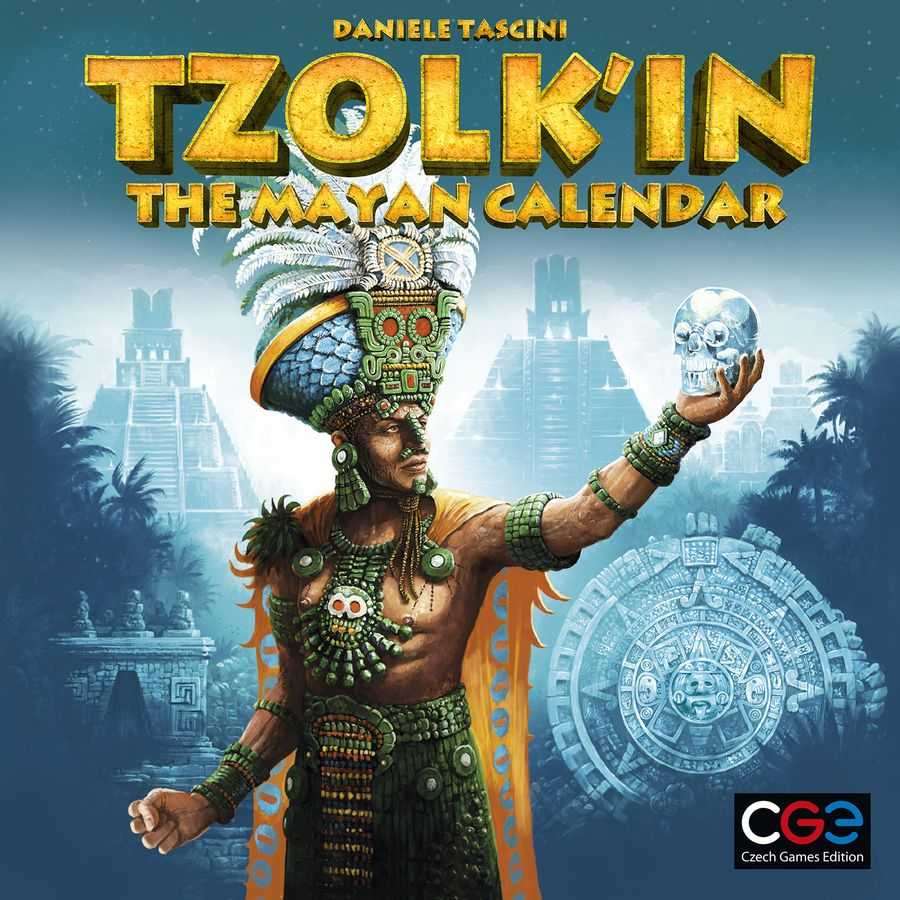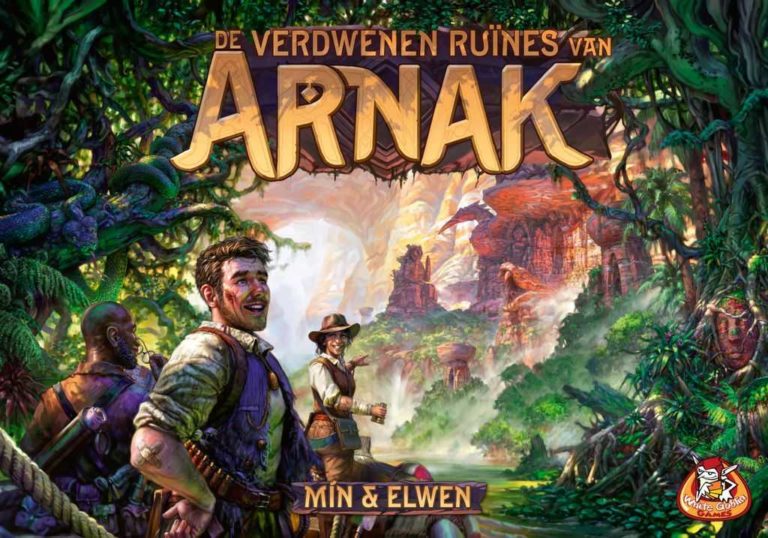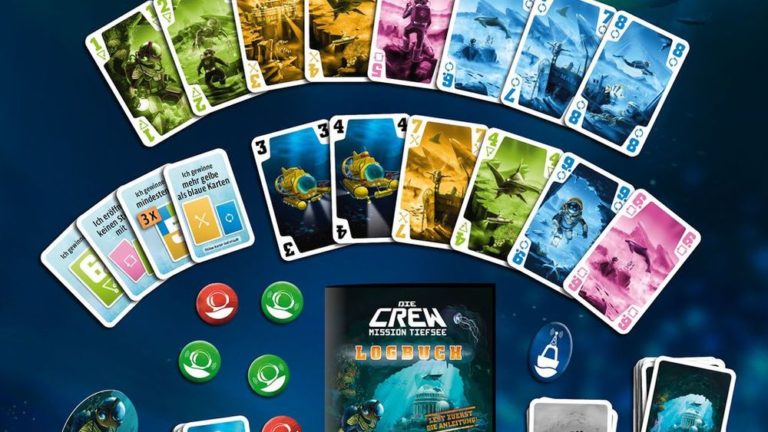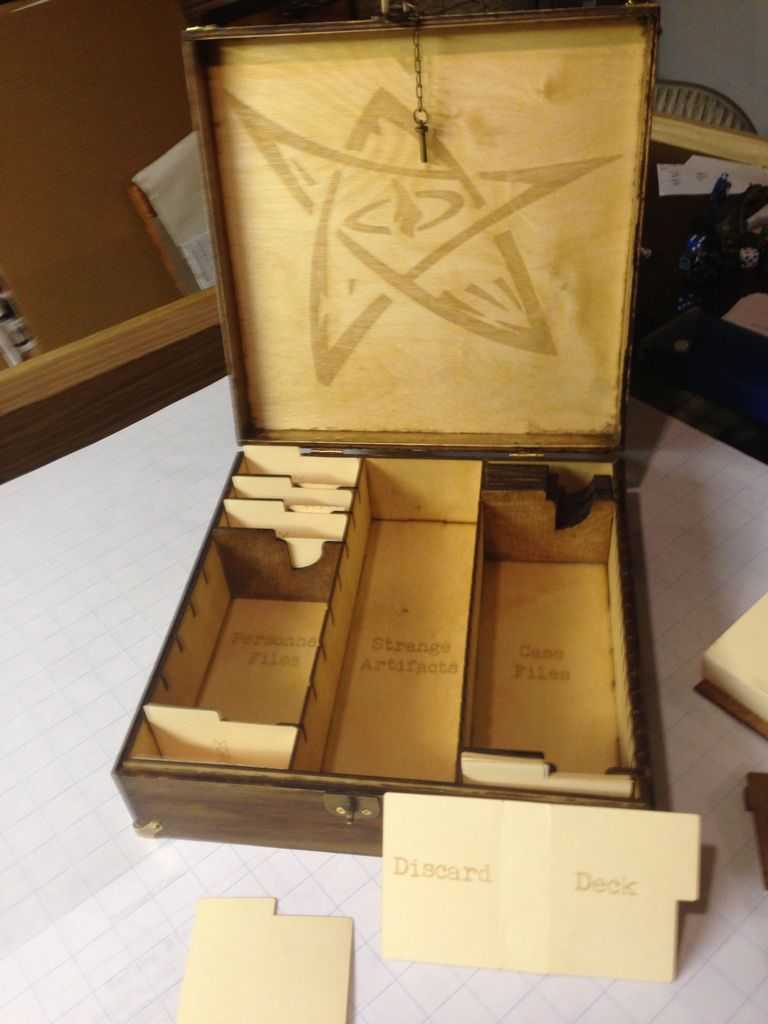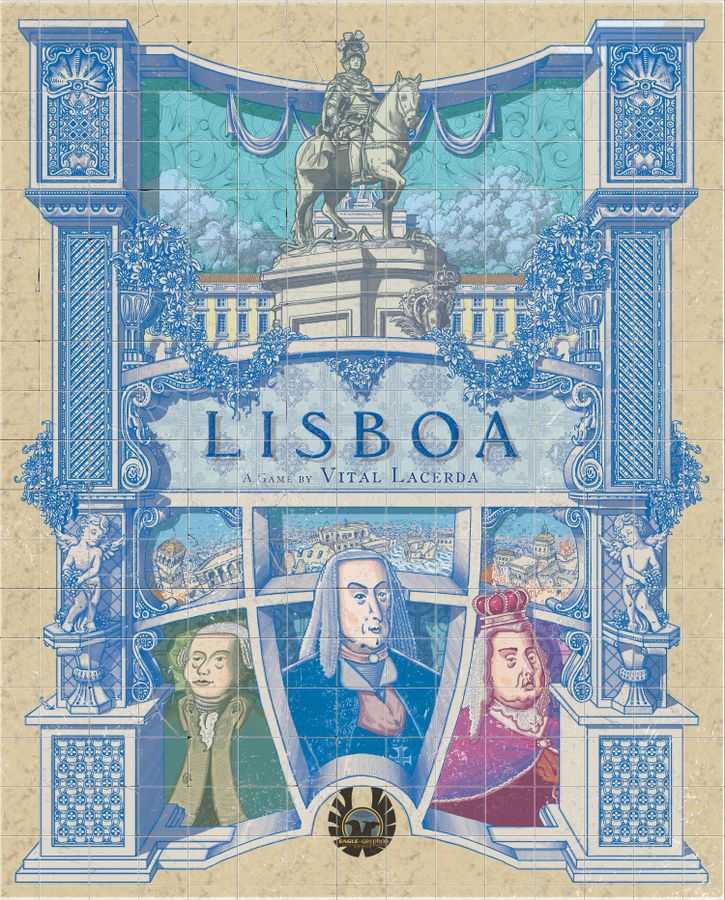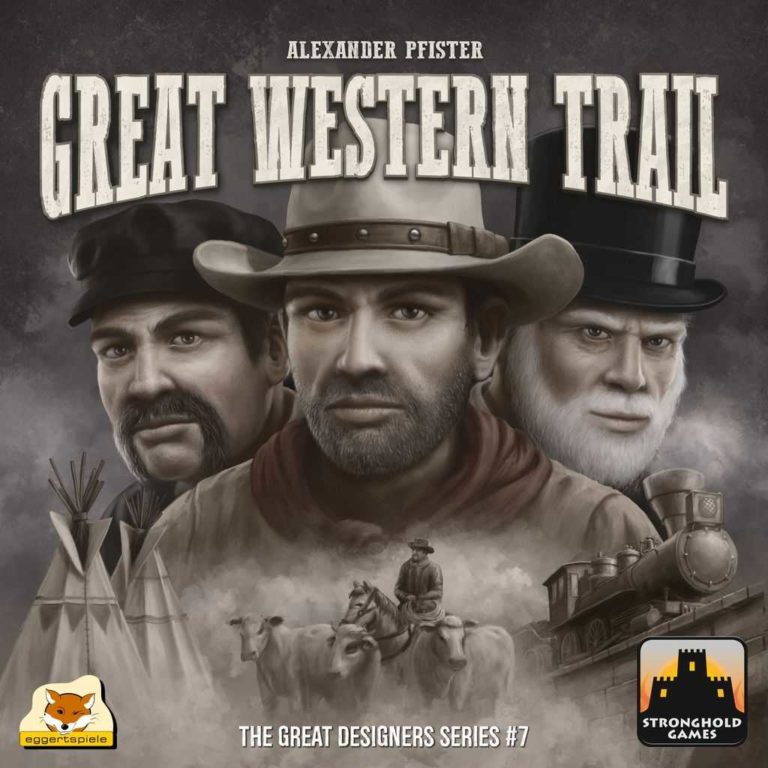Tzolk’in: The Mayan Calendar Review – Unbiased Overview
Tzolk’in: The Mayan Calendar Review – Unbiased Overview
Diving into the intricate world of board games, it’s impossible not to come across titles that leave a lasting impression, and Tzolk’in: The Mayan Calendar is undoubtedly one of them. This Tzolk’in: The Mayan Calendar review will explore the game’s profound impact on players and critics alike, setting a high standard in the landscape of modern board gaming. Its innovative mechanics, coupled with a rich thematic backdrop, have ensconced it firmly as a favorite in many a gamer’s collection.
Key Points:
- Tzolk’in: The Mayan Calendar is a standout board game known for its innovative mechanics and thematic richness.
- The game features a unique gear system that adds a dynamic element of time to traditional worker placement mechanics.
- Players must strategically place and remove workers on gears to optimize actions and anticipate future rounds.
- The game seamlessly integrates theme and gameplay, immersing players in the Mayan civilization.
- Tzolk’in offers high replay value with expansions introducing new challenges and strategies.
- The game’s complexity and strategic depth appeal to players looking for a rewarding challenge.
- Tzolk’in’s component quality and artwork enhance the thematic experience, making it visually appealing.
Delving into Tzolk’in: The Mayan Calendar
At the heart of Tzolk’in: The Mayan Calendar lies a complex yet captivating gaming experience, blending strategic depth with thematic richness. This section will provide a closer look into what makes this game a standout piece in the realm of board games.
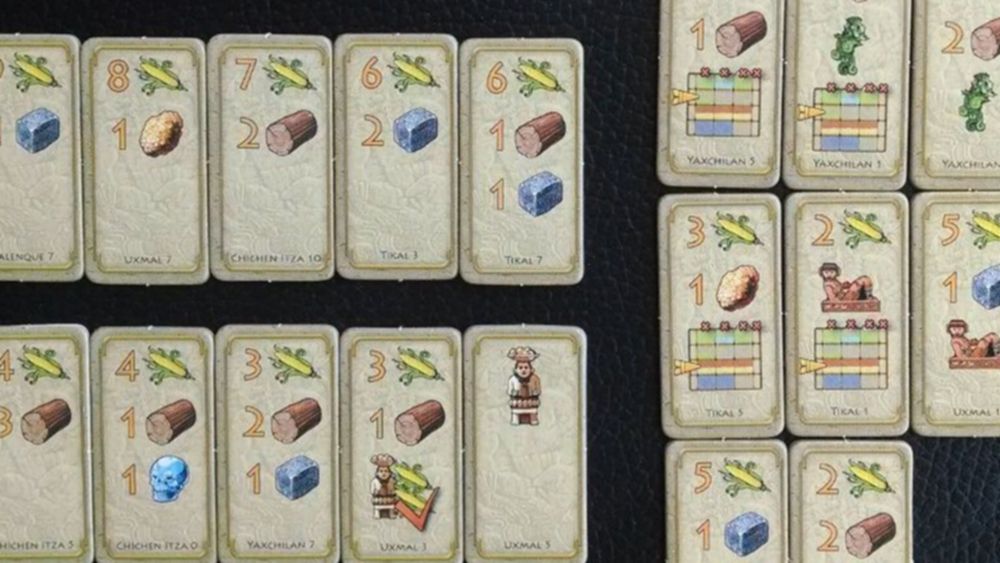
Overview of the Game Mechanics
Tzolk’in: The Mayan Calendar stands out in the vast sea of worker placement games, thanks to its unique approach to the management of time and resources. Players find themselves deeply immersed in planning their actions, not just for the current turn but also for future rounds. This anticipation of what’s to come adds a layer of strategic depth that is both challenging and rewarding.
The game’s core mechanics revolve around placing workers on different gears that represent various actions, from gathering resources like corn and wood to constructing buildings. Each turn sees the gears rotate, changing the context and value of each action space, a mechanic that simulates the passage of time in a visually striking and intuitive manner.
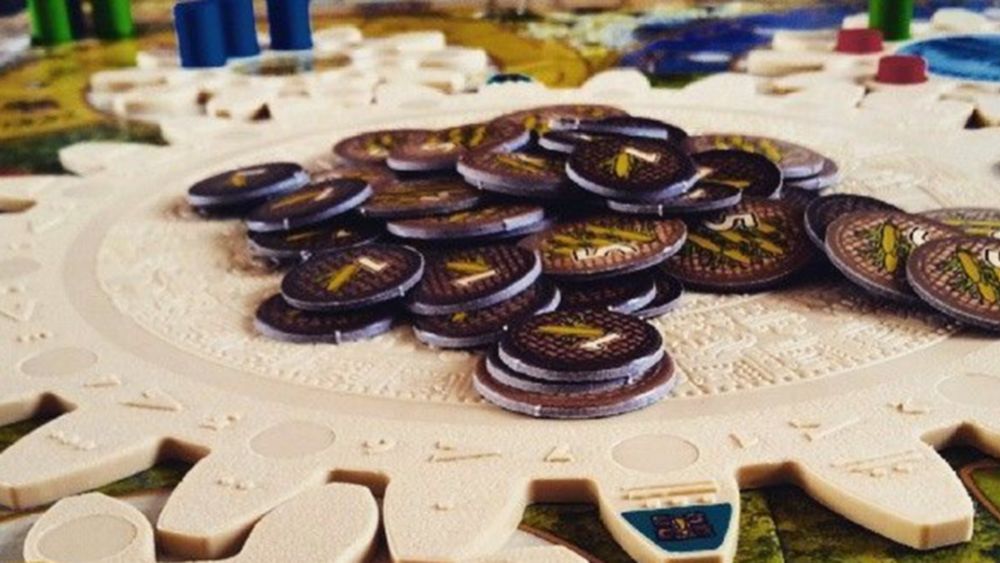
Tzolk’in: The Mayan Calendar offers a unique and immersive experience through its innovative time and resource management mechanics, challenging players to strategize not just for the present but also future rounds.
The Unique Gear System Explained
The gears in Tzolk’in extend the traditional worker placement mechanic by adding a dynamic element: time. Each gear’s rotation at the turn’s end elegantly synchronizes the passage of time with the players’ strategy, influencing the outcome of their actions.

- Movement of the gears: At the end of each round, the gears rotate, moving workers closer to more valuable actions.
- Strategic placement: Deciding when to place or remove a worker becomes a critical decision, as it determines not only the immediate benefit but also future potential gains.
- Delayed gratification: Players often have to weigh the immediate need of resources against the tantalizing proposition of more impactful actions in later turns.
- Interaction with the central wheel: The rotation is synchronized with the larger central gear, representing the Mayan calendar, adding another layer of planning concerning game phases and timing.
Theme and Immersion in Gameplay
Theme and mechanics are often treated as separate entities in board game design, but Tzolk’in marries the two with astonishing elegance. The incorporation of the Mayan calendar and cultural motifs into both the visual design and gameplay mechanics enhances the immersion. Players aren’t just collecting resources or scoring points; they’re engaging with an ancient civilization, offering to gods, and advancing through technological eras. The thematic depth integrated into each decision forges a connection between player and play, making every turn an experience rather than just a move.
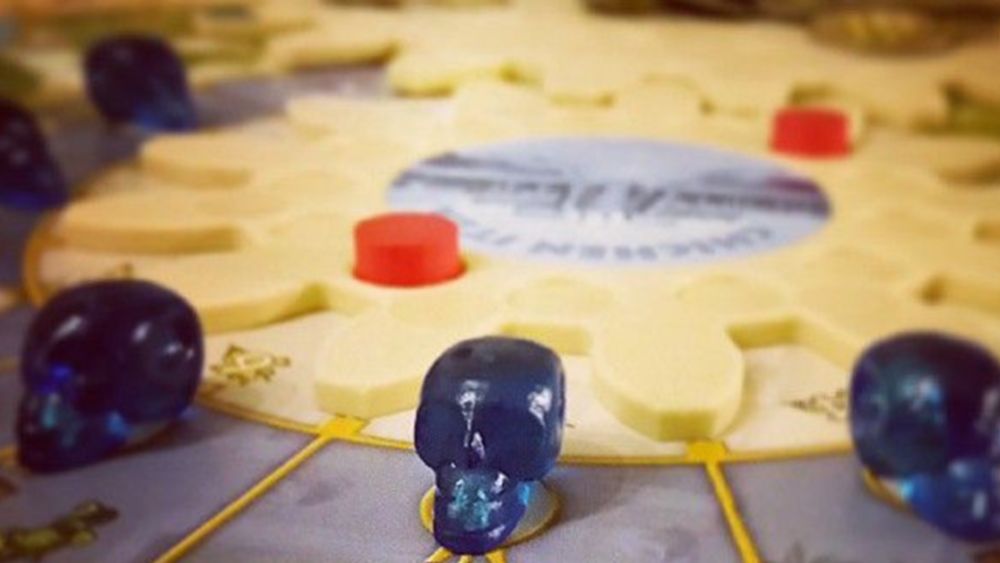
Critical Analysis of Tzolk’in
As we delve deeper into the intricacies of Tzolk’in: The Mayan Calendar, a critical analysis reveals the various aspects that contribute to its success while also shedding light on areas that present challenges for players. Whether it’s the gears of gameplay that keep the strategic depth turning or the beautifully crafted components that bring the Mayan world to life, there’s much to explore in this comprehensive examination.
Gameplay Experience and Flow
Playing Tzolk’in: The Mayan Calendar is like orchestrating a complex symphony where each player’s actions ripple through the game’s intricate system. The flow of the game is surprisingly smooth given its depth. Every turn feels meaningful as players place or retrieve their workers on the giant gears, strategically timing their moves to optimize their actions. It’s this dance of anticipation and timing that makes every session uniquely challenging and engaging, as you try to outmaneuver your opponents while keeping an eye on your resources and the ever-turning calendar.
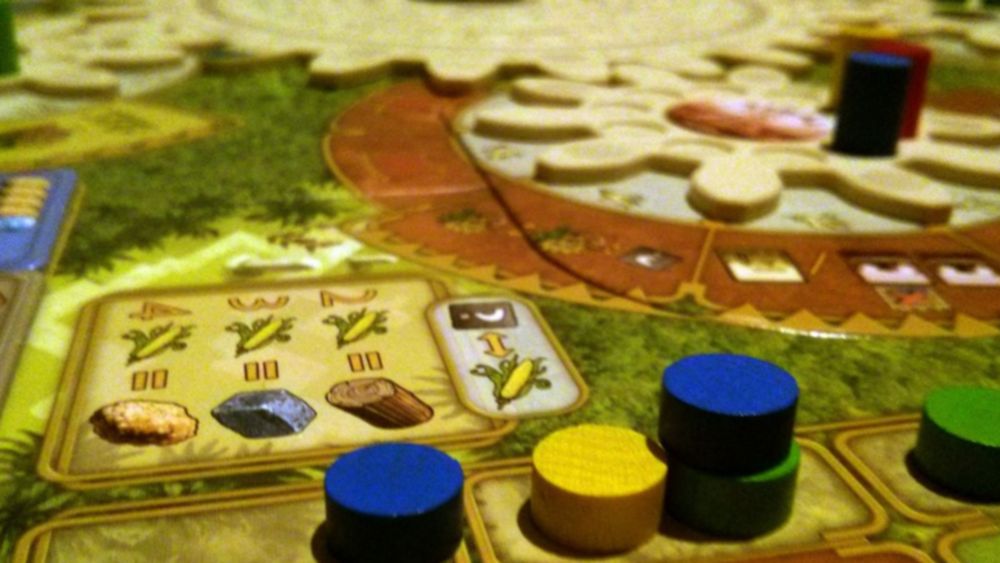
Mastering Tzolk’in: The Mayan Calendar involves orchestrating strategic moves with precise timing, creating a captivating and challenging experience as players navigate the intricate game mechanics.
Strategy and Complexity
The strategic depth of Tzolk’in: The Mayan Calendar is immense, balancing resource management, worker placement, and timing to achieve victory. Players must plan several turns ahead, considering not only their strategy but also anticipating their opponents’ moves. The complexity comes not from understanding the rules, which are fairly straightforward, but from mastering the game’s mechanics to create efficient engines and score points effectively.
| Aspect | Complexity Rating |
|---|---|
| Game Mechanics | High |
| Strategy | Very High |
| Player Interaction | Moderate |
| Learning Curve | Steep |
Tzolk’in challenges players to adapt and think ahead, offering a rich tapestry of tactical decisions. Balancing actions on the gears, ensuring you have enough corn to feed your workers, and making sacrifices to the gods for their favor are just a few of the ways players can accumulate points. The game is designed to reward thoughtful planning and adaptability, making each playthrough a brain-burning puzzle.
Component Quality and Artwork
The component quality and artwork of Tzolk’in: The Mayan Calendar are standout aspects of the game. From the intricately designed gears that form the central game board to the vivid depictions of Mayan gods and the lush, detailed player boards, every aspect of Tzolk’in’s design enhances the thematic experience. The wooden worker pieces and resources, although not overly elaborate, are durable and add a tactile pleasure to the gameplay. The iconography is clear, which aids in the game’s accessibility despite its complexity.
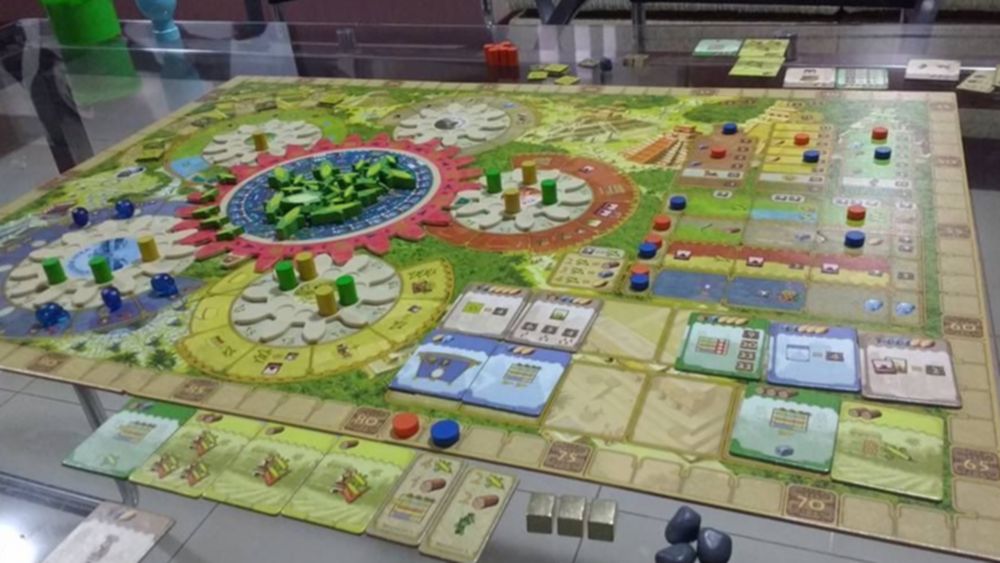
Replayability and Expansion Content
Replayability is one of Tzolk’in’s strong suits, thanks to its variable strategies and the impact of player decisions on the game’s dynamic landscape. No two games feel the same, with different strategies emerging based on player actions and the ever-turning gears of the Mayan calendar.
- Tribes and Prophecies: Adds tribes with unique abilities and prophecies that introduce new challenges and strategies.
- Promo Packs: Include additional monuments and buildings that offer more variety and strategic options.
With these expansions, Tzolk’in’s replay value skyrockets, offering refinements and additions that keep the game fresh and engaging even after many plays. They introduce new layers of strategy and adaptation, ensuring that Tzolk’in remains a staple in any board game enthusiast’s collection.
The expansions for Tzolk’in enhance replay value by introducing new challenges, strategies, and layers of gameplay depth, ensuring long-lasting engagement and enjoyment.
FAQs
1. What makes Tzolk’in: The Mayan Calendar stand out among other board games?
What makes Tzolk’in: The Mayan Calendar stand out among other board games is its unique integration of a dynamic gear system that acts as a living calendar, affecting gameplay in a profound way. This inventive mechanism coupled with the deep strategic layers ensure players are always engaged in thoughtful planning.
2. How complex is Tzolk’in for new players?
For new players, Tzolk’in presents a moderate to high complexity due to its multiple interconnected systems and the strategic foresight required. However, this complexity is well-balanced, offering a rewarding learning curve that draws players deeper into the game’s intricacies with each play.
3. Are there any expansions available for Tzolk’in?
Yes, there are expansions available for Tzolk’in, which introduce new dimensions of gameplay and strategies. These expansions add to the base game’s depth, offering fresh challenges and replayability for veterans of the game.
4. Can Tzolk’in be played solo?
While Tzolk’in is primarily designed for multiplayer experiences, community-driven variants and unofficial mods have been created to cater to solo play, offering ways to enjoy the game even when you’re by yourself.
Conclusion
Reflecting on this Tzolk’in: The Mayan Calendar review, it’s clear that this board game offers a blend of unique mechanics, strategic depth, and thematic immersion that stands out in the crowded field of board gaming. Whether you’re a strategic thinker, a lover of complex games, or just someone intrigued by the innovative gear system, Tzolk’in is a title that deserves consideration for your next game night.
Remember, gaming is not just about winning or losing; it’s about the experiences we share and the memories we create. I’d love to hear about your adventures with Tzolk’in or any other board games that have captured your imagination. Until next time, happy gaming!
Best,
Lucas
This article uses material from BoardGameGeek and is licensed under the Creative Commons Attribution-Share Alike License.

